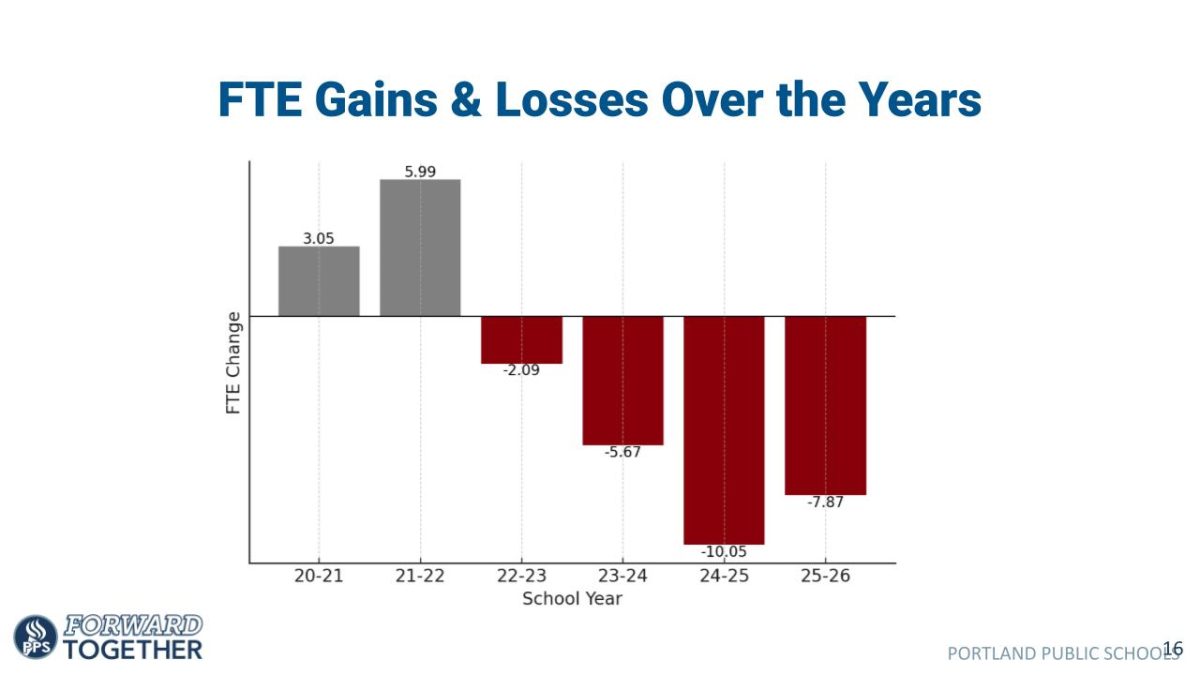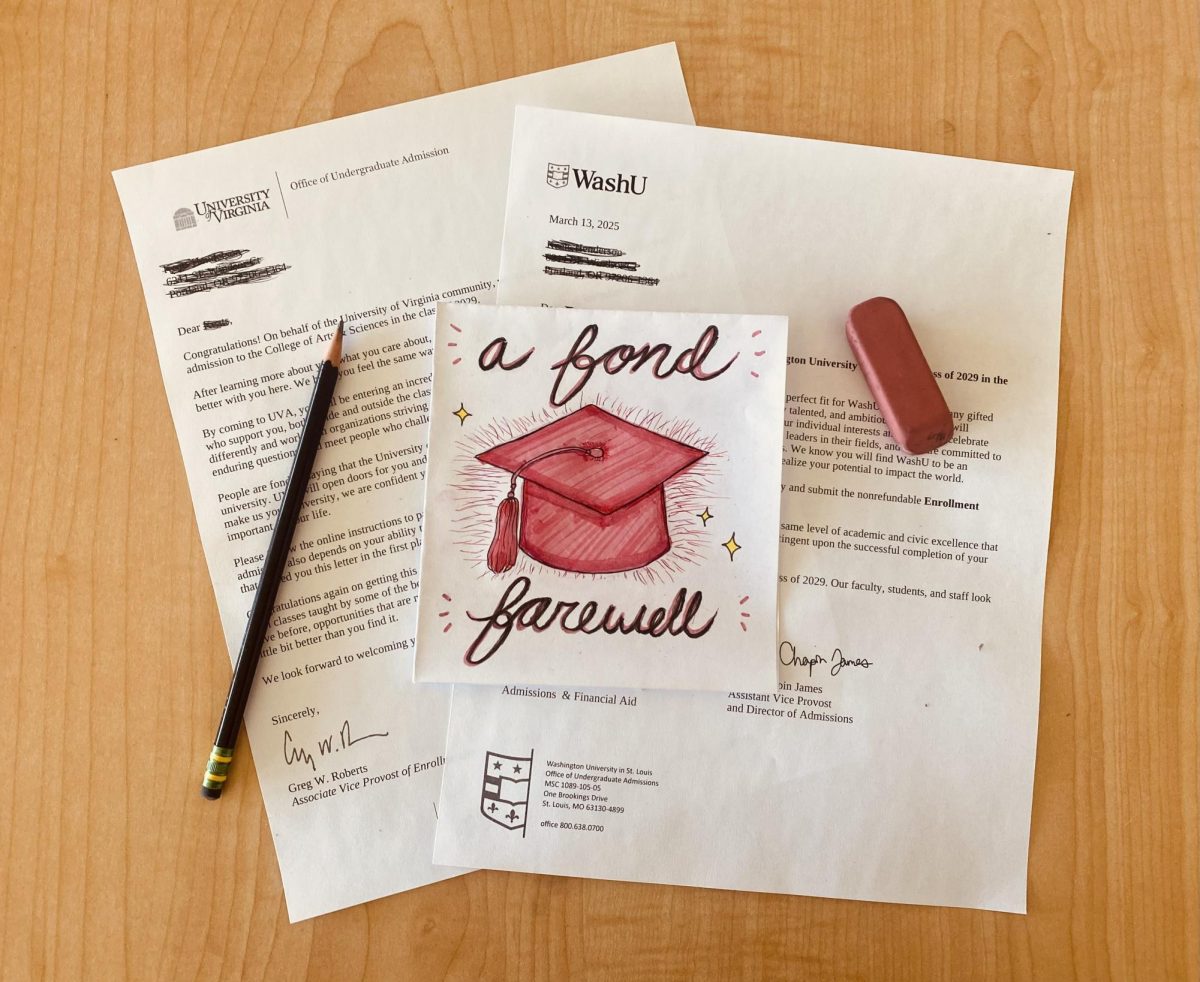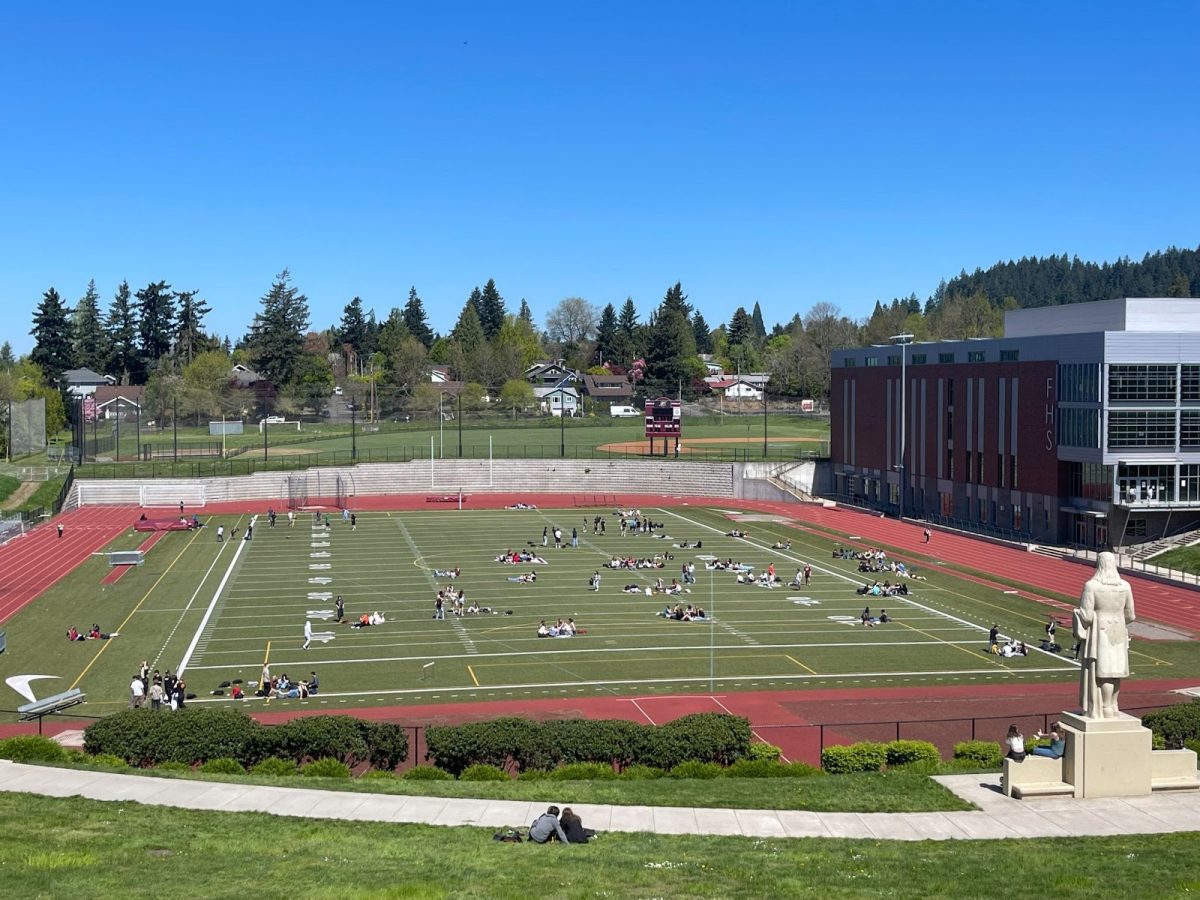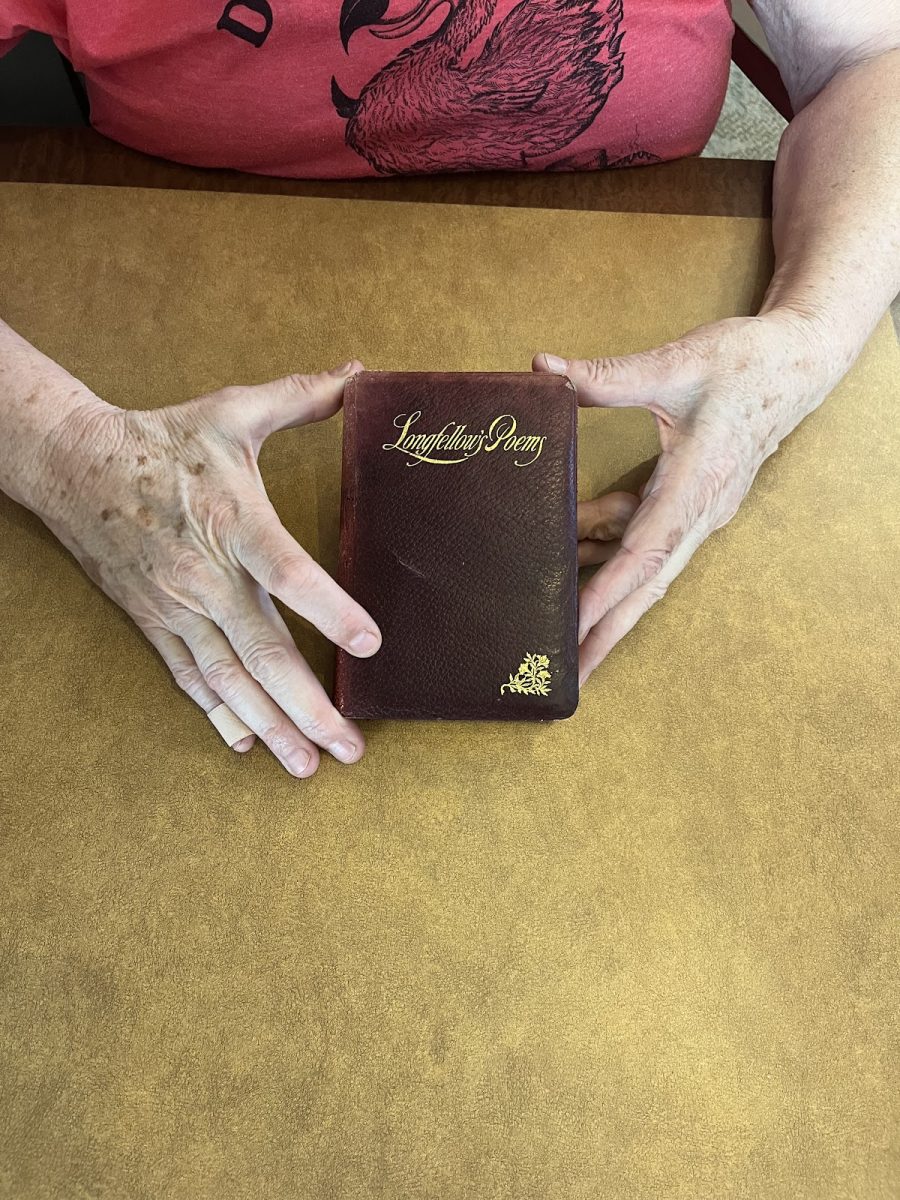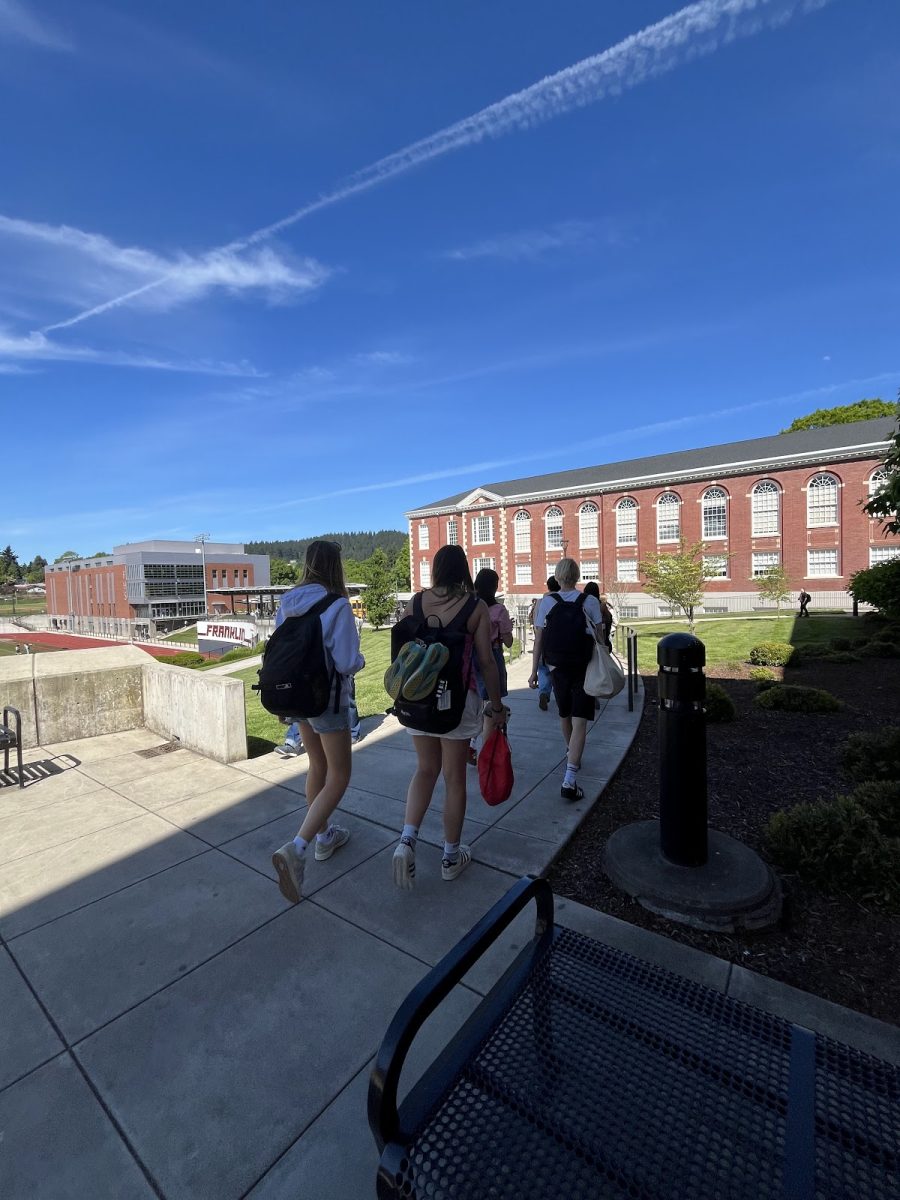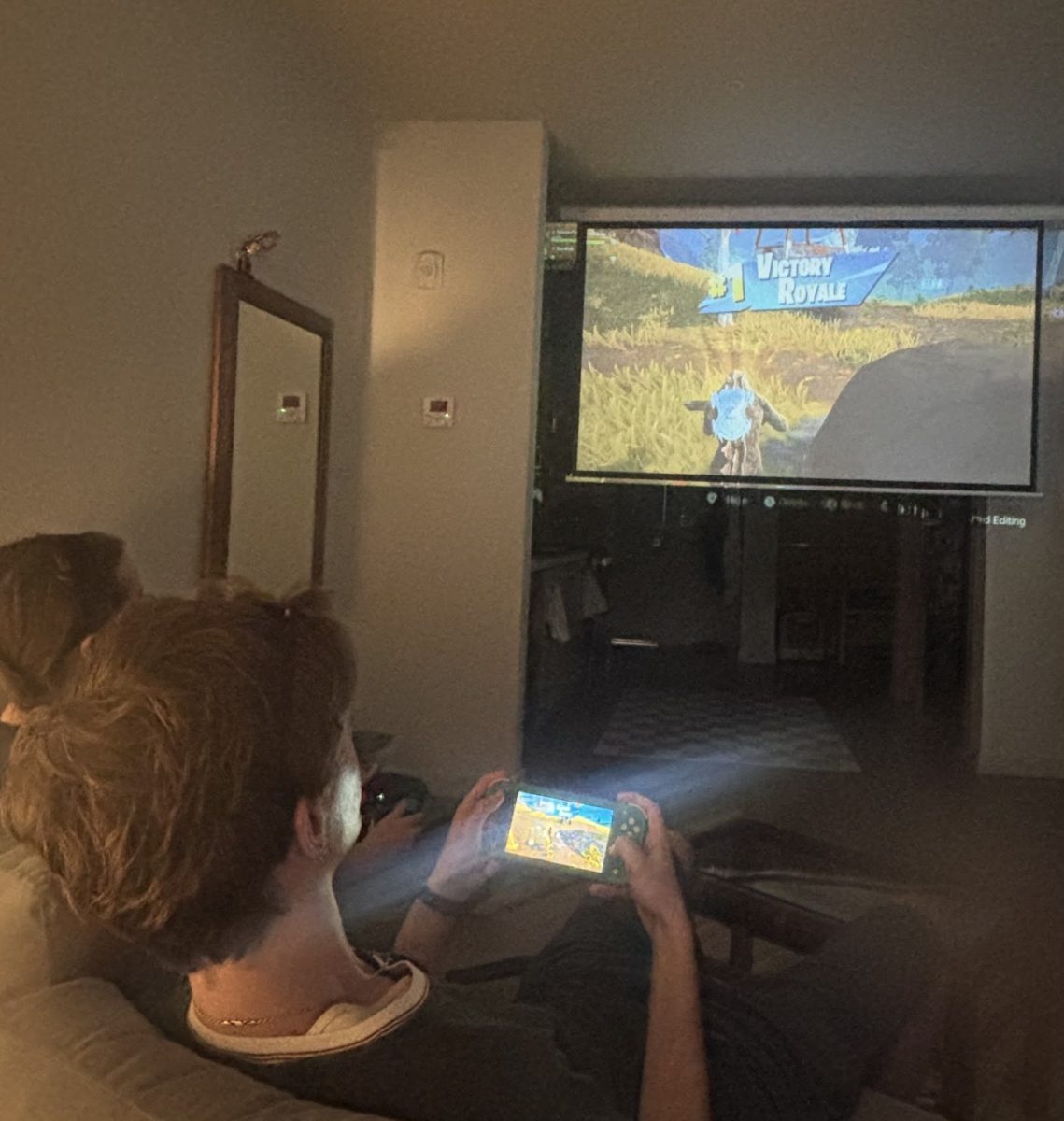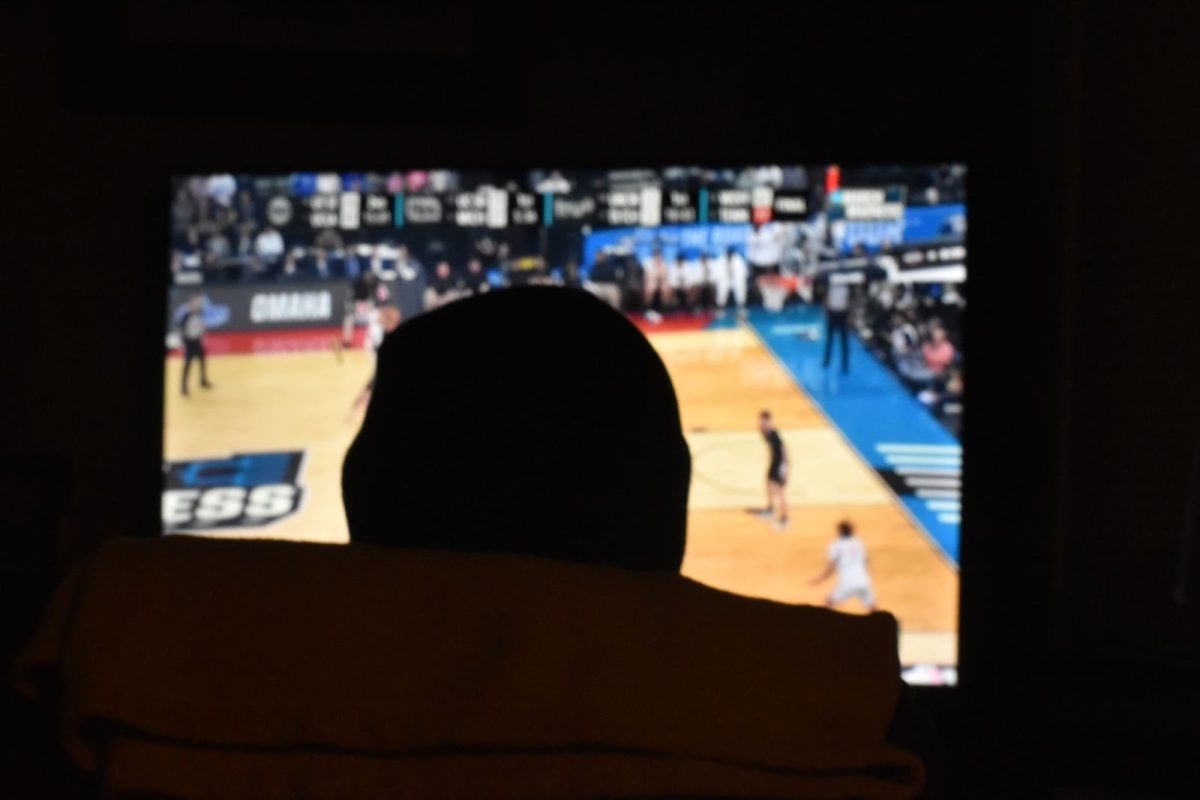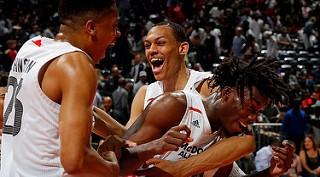
A player must be 19 years old or have completed one year of college to be eligible for the National Basketball Association (NBA) Draft, according to a decision from 2006. This unpopular rule has generated harsh criticism and growing demand for its rescindment. Due to the faster development of teenage phenoms, players have never been more ready to make the high school to NBA jump than they are right now. But the NBA and NCAA have made it clear that the earliest possible date of reexamination for the “One and Done” rule would be in 2020, leaving today’s elite prospects with time to kill between the end of high school and the Draft.
College basketball has historically been the stepping stone between high school and the pros, with elite competition; luxurious; sold out gyms; and national exposure. While most prospects still attend a year of college, a select few decide to break the mold. 2018 draftee Anfernee Simons played a post-graduate year at his prep school, IMG Academy. Darius Bazley, a projected lottery pick in the 2019 draft, decommitted from Syracuse and signed a 14 million dollar endorsement and internship deal with New Balance. Recruits have started examining every option, and the NBA G League is an enticing one.
The G League, first recognized as the NBA Development League (NBDL), began in 2001 as an eight-franchise minor league in the Southeastern United States, with teams from North Carolina to Georgia. At first, the NBDL’s success rate was minimal. Teams struggled, with lower level play, sparse turnout, and no strong NBA brand recognition. Only eight players were called up to the NBA in the inaugural 2001-2002 season, and demotion to the NBDL was seen as punishment in the eyes of NBA players. 17 years, 19 new teams, and two name changes later, the NBA G League is the premier method of getting young players experience. Over half of all current NBA players have spent time in the G League, and it is viewed as a right of passage for the NBA’s rookies and sophomores. Competition is better, and players get professional coaching and training.
On October 18, the NBA announced the Professional Path, a program allowing select 18-year-olds to forego college and begin playing professionally as soon as they get out of high school. These prospects could earn up to $125 thousand per year in salary, and spend time with expert trainers in top dollar facilities. “To a high school kid, that’s a lot of money,” says James Demmings (12), a member of the Franklin Varsity basketball team. “If I had a chance to make money doing what I love, I’m taking that money all day.” On paper, the Professional Path seems appealing as an alternative for the perennial cycle of one-and-done prospects, but this attempt at providing another option fails to combat the very principles that give the NCAA a monopoly on the amatuer basketball world.
College athletic programs no longer play by the rules. In an age in which the annual March Madness tournament generates over a billion dollars, the expectation is compensation for a university’s prized athletes, by any means necessary. Athletic powerhouses have fervent boosters willing to do whatever it takes to see their program on top, which often results in shady recruitment practices and long, drawn out corruption scandals. In the fall of 2017, the Louisville University basketball program and Adidas were subject to an FBI investigation involving Brian Bowen, a 5-star recruit who was paid $100,000 by Adidas to attend Louisville. While on trial, an Adidas executive explained that the under-the-table payment was made “to level the playing field”. Bowen received at least 4 other cash offers from NCAA schools, and was even paid $2,000 a month to play at La Lumiere Prep, a California high school. The illegal activity of paying amateur athletes has become integrated into the culture, and until it becomes legal, sponsors and boosters will continue to make under-the-table payments, exploiting the already broken system.
Straying from college is also dicey for an 18-year-old with nothing to gain and everything to lose. Many G League players are in their mid to late 20’s, and are far more physically and mentally developed than kids a few months removed from going to prom. The college system provides a free-flowing form of basketball for young stars to showcase their ability, free from the restrictions of half court sets, going toe to toe with players of the same age and build. This helps emphasize their potential, showcasing what they could become given some time in the NBA. Jumping to the G League would put a great high school player in an overly-demanding situation, which would almost certainly harm their draft stock.
The NBA’s Professional Path has fundamental flaws that will deter nearly all high schoolers from seriously considering it. Still, it represents a changing environment for young athletes, complete with different pathways for the unique individuals in the NBA.



